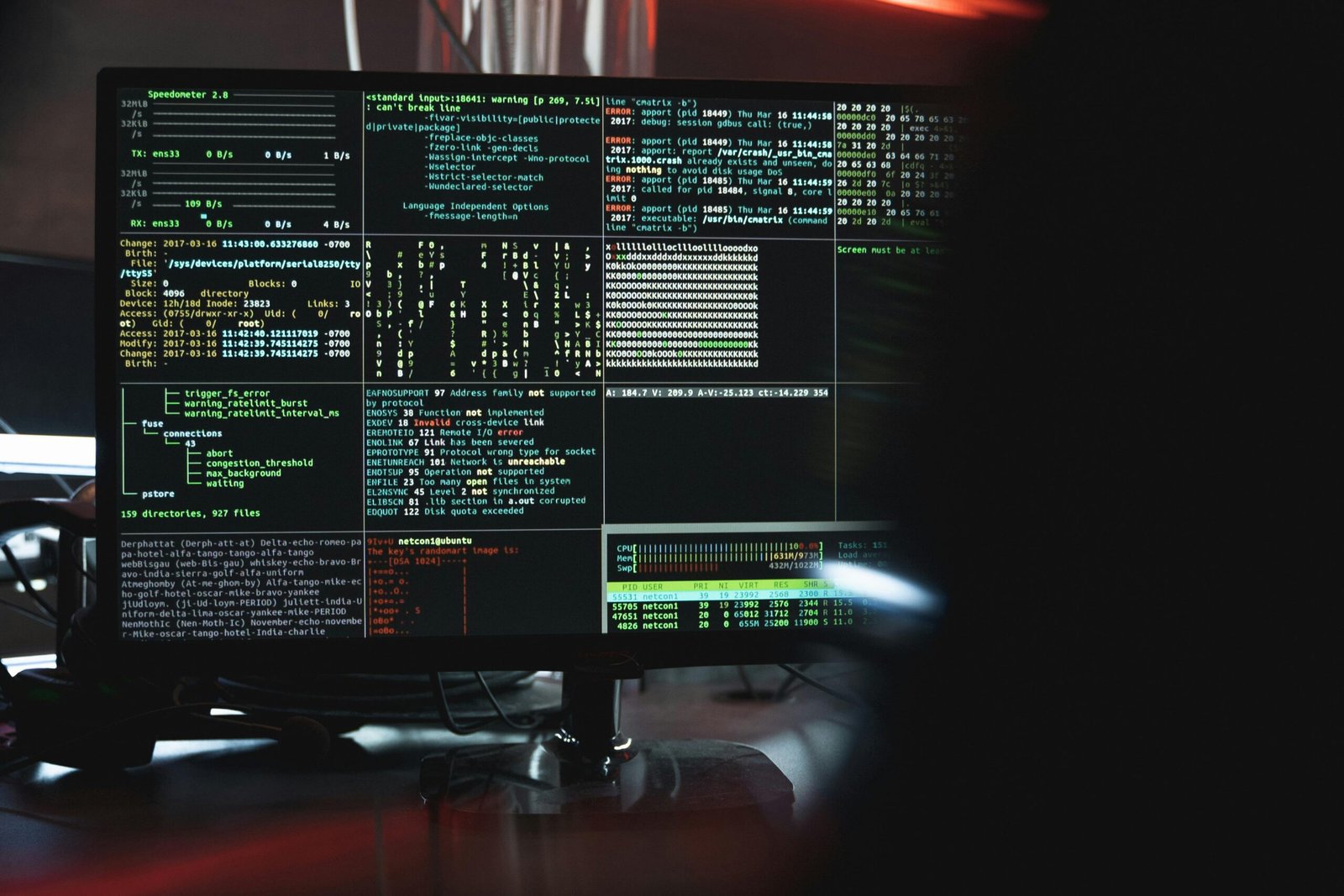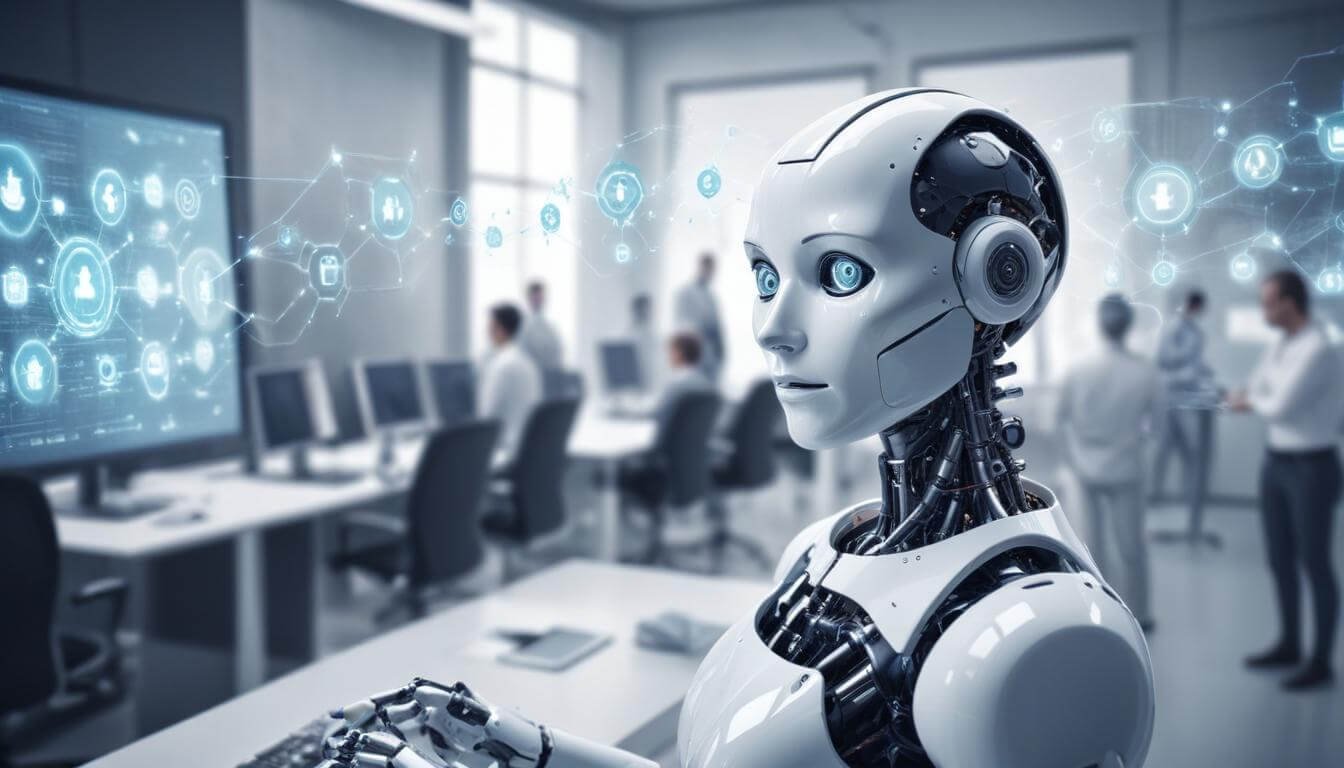Unlocking Business Potential: The Importance of Data Modernization in the Digital Age and How Technogen Inc is Driving This Change
The Value of Data and How to Optimize it in 2024
Data is the modern-age oil that runs industries all across the globe. Be it IT or the textile industry, every business needs a system to consolidate and leverage their data to optimize their operations. Experts predict that the big data market volume is expected to reach a whopping $84 billion in 2024 alone and $103 billion by the end of 2027.
Source
Data Modernization has emerged as a strategic solution to unlock the full potential of data assets. This astute and modern system consolidates, filters, aids in migration, and integrates both historical and current data, thereby establishing a scalable and accessible data ecosystem.
Why Businesses in 2024 and Beyond Need Data Modernization
Data modernization is not a mere tech upgrade that organizations need to hop onto. It encompasses a gamut of advantages to drive 360 ° business operations with confidence and strategic vision.
Here is how having a data modernization system in place can significantly impact an organization’s bottom line:
● Clearer Consumer Insights
By utilizing and analyzing data from a host of sources, businesses are exposed to different customer preferences and requirements. This helps them get out of their bubble and truly understand their target audience needs
● Data-Driven Vision
By integrating data modernization into your organization, businesses have the power to put in motion powerful data based on advanced analytics and business intelligence tools. This boosts their daily operations, makes resource allocation efficient and enables proactive risk management
● Better Agility and Scalability
Modern data architecture empowers organizations to adapt to ever-evolving technology, trends and business models. Given the cut-throat competition in the market, it is crucial for businesses to stay on top of these things and experience consistent growth.
Technogen Inc: Your Trusted Partner in Data Modernization and Growth
Technogen Inc comprehensive suite of data modernization tools are designed by industry leaders to guide businesses of all sizes through every stage of their data transformation journey.
Our experts have crafted these tools keeping in mind data architecture, data engineering, data science and data governance, to ensure organizations leverage every bit of their valuable data to meet their goals.
A few of our personalized solutions cover:
● Data Assessment and Strategy
● Data Architecture and Design
● Data Migration and Integration
● Data Quality and Governance
Data modernization is no longer a luxury meant for tech giants only. It is a necessity in order to thrive in today’s digital age. Get in touch with Technogen Inc to experience tailored data solutions in order to grow and lead the market race!



